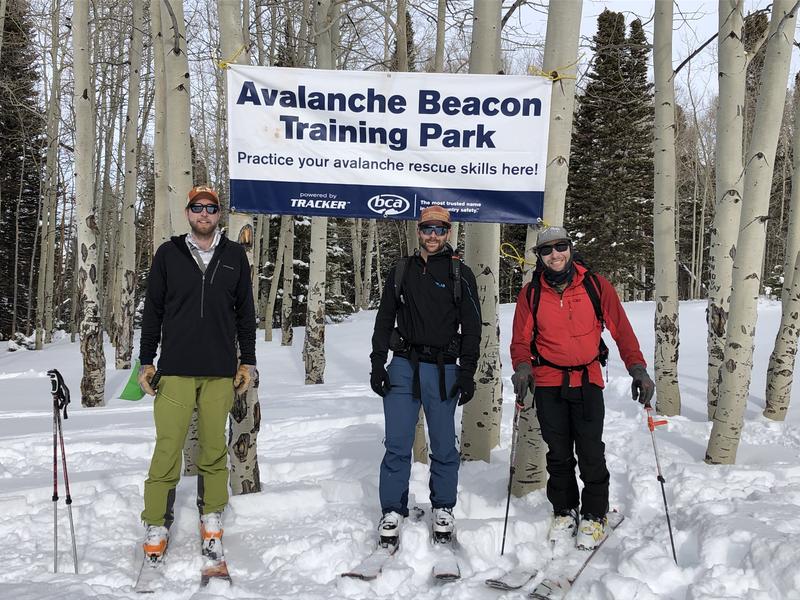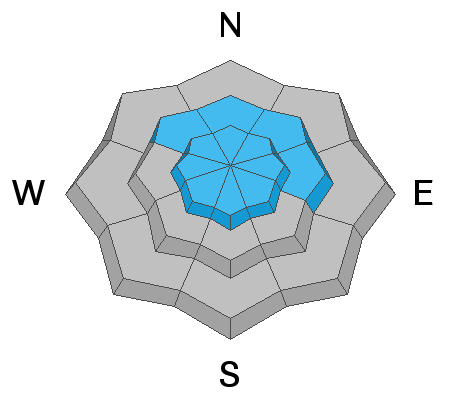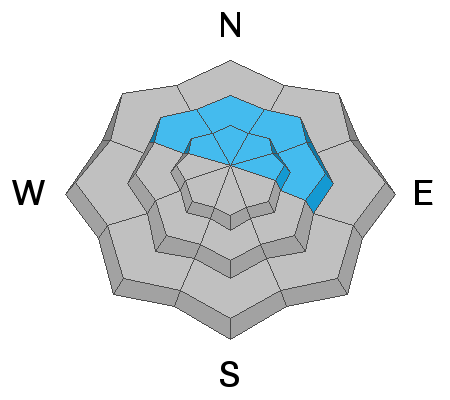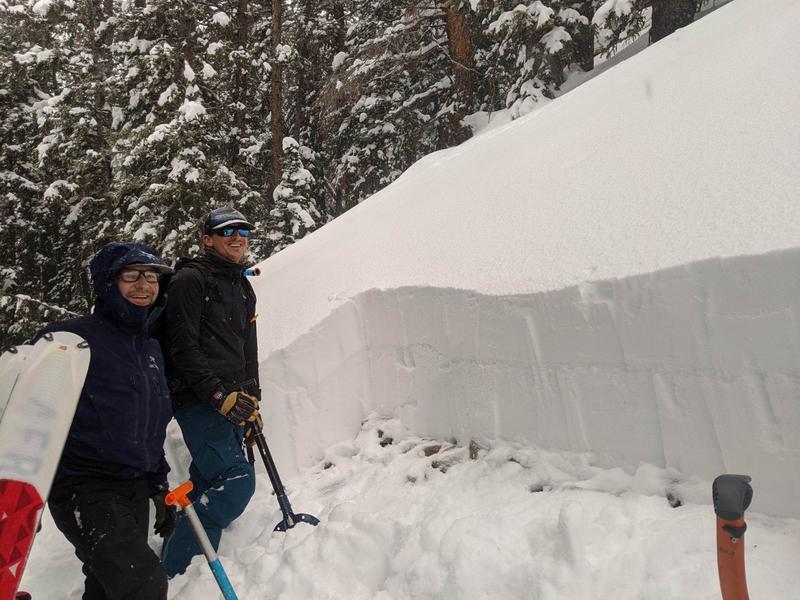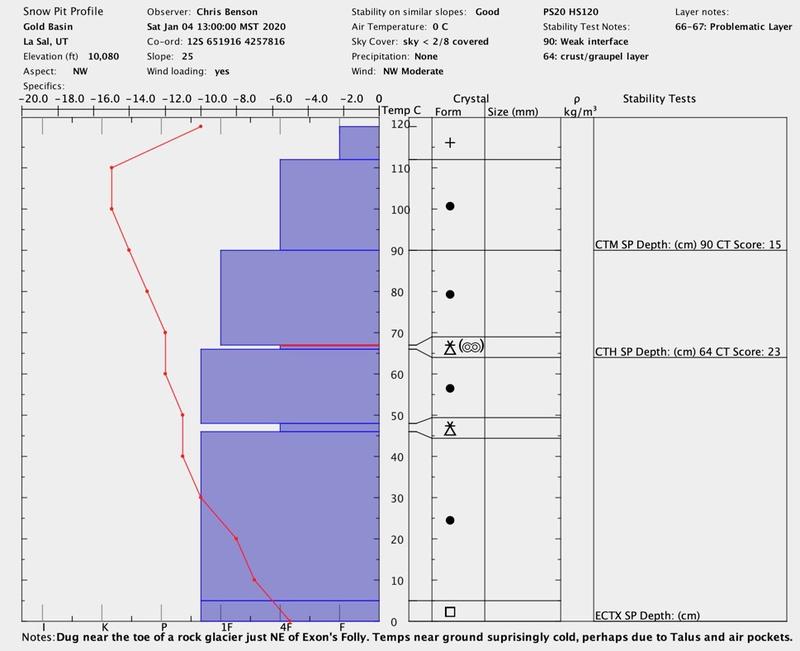Forecast for the Moab Area Mountains

Issued by Eric Trenbeath on
Monday morning, January 6, 2020
Monday morning, January 6, 2020
No change in avalanche conditions and the danger remains squarely MODERATE. Human triggered avalanches remain possible on steep, wind drifted slopes primarily at upper elevations. A triggered wind slab also has the potential to step down into a buried, persistent weak layer causing a deeper and more dangerous avalanche. You are most likely to encounter a persistent weak layer on steep, shady, northerly facing slopes. Most low elevation and south-facing terrain have LOW danger.
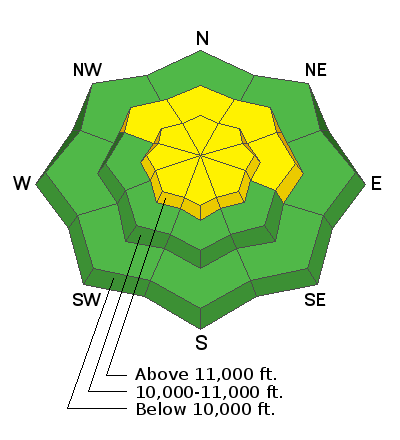
Low
Moderate
Considerable
High
Extreme
Learn how to read the forecast here


